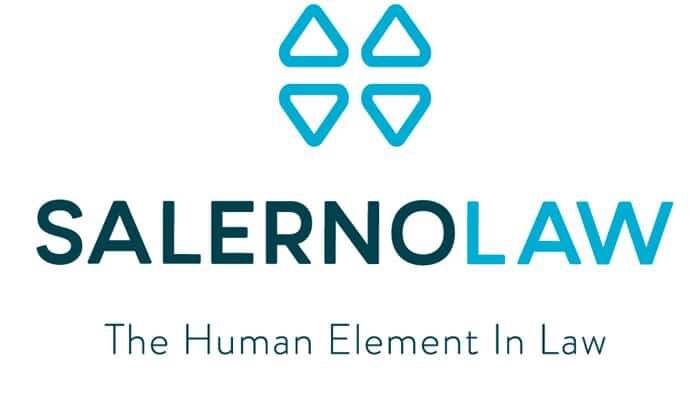Light plane crashes near Essendon airport
A pilot is lucky to be alive after his light plane crashed and flipped onto its roof in an emergency landing at Essendon Fields airport. Light plane fatalities were at an all time high in 2022, with a reported 23 deadly crashes across Australia. Salerno Law have extensive experience in acting and advising in relation to compensation claims for aircraft related matters. This includes acting for companies, individuals and families affected by helicopter crashes in New South Wales, Queensland, the Northern Territory and Western Australia. In addition, Cliff acted in the tragic plane crash which occurred at Hamilton Island in 2002 and is currently acting in one of Australia’s most significant and catastrophic helicopter accidents.Head of aviation, Cliff Savala, has over 25 years legal experience in aviation matters has included him dealing with the ATSB, CASA, the Coroners Court, Australian Federal Police and local police during the investigation and prosecution phase of an aircraft crash. Thereafter, instructing appropriate aviation experts and Kings Counsel during the civil litigation phase to ensure the best possible outcome for the affected companies, individuals and families.The laws surrounding aviation claims are complex and therefore it is essential that legal advice from an expert aviation lawyer is obtained. In this regard, international conventions apply and importantly the normal limitation period for bringing a personal injury claim is restricted to 2 years from the date of the incident.For the full article on the Essendon light plane crash, Nine News reports HERE




